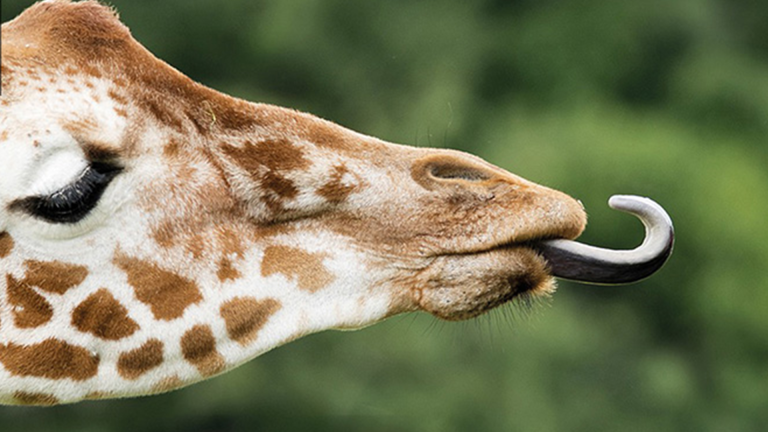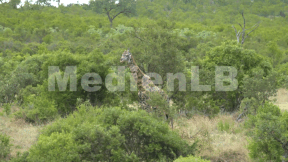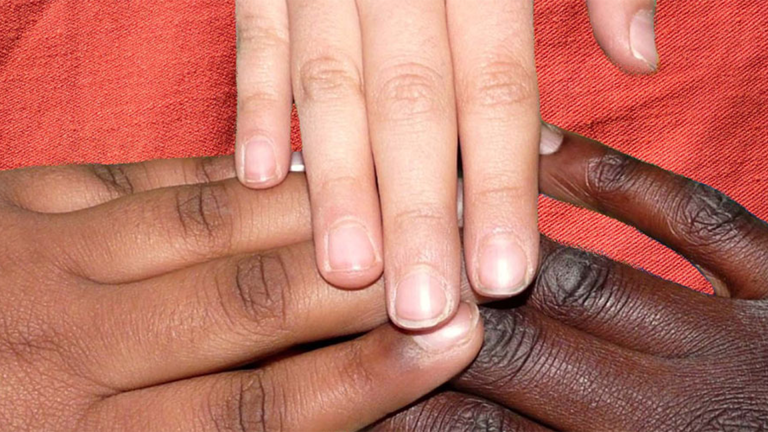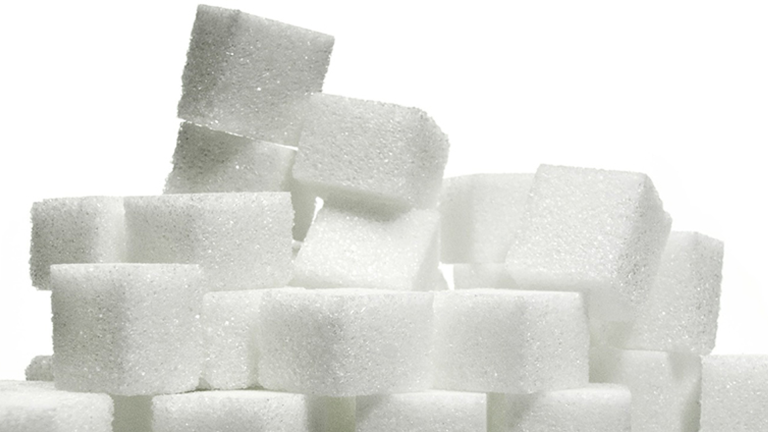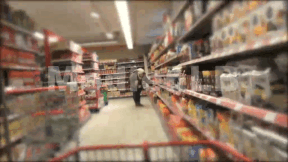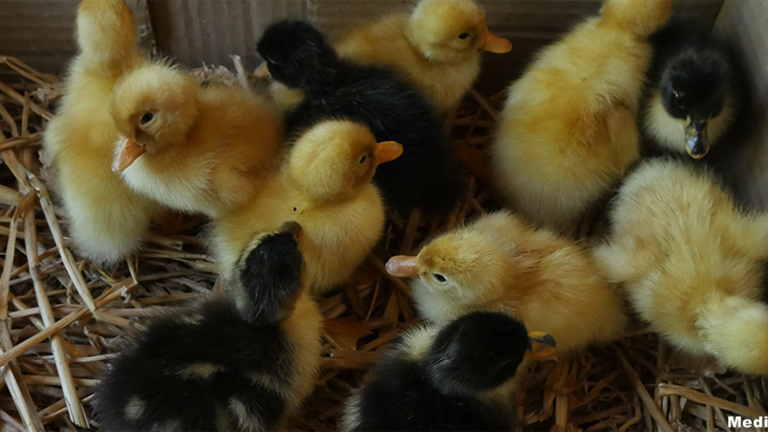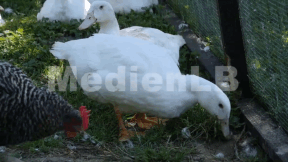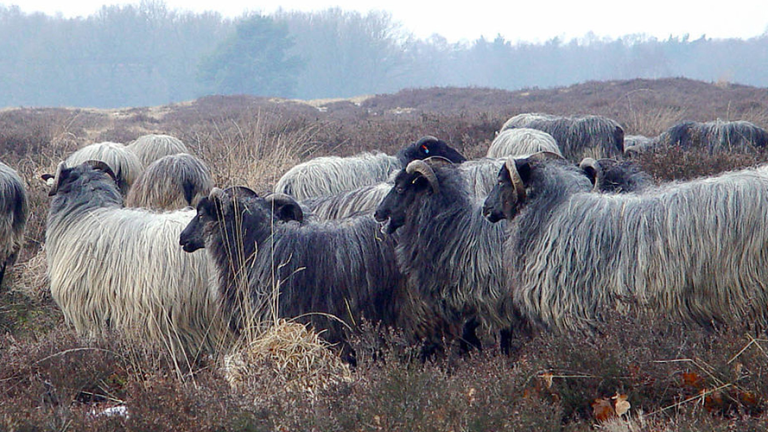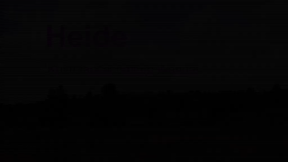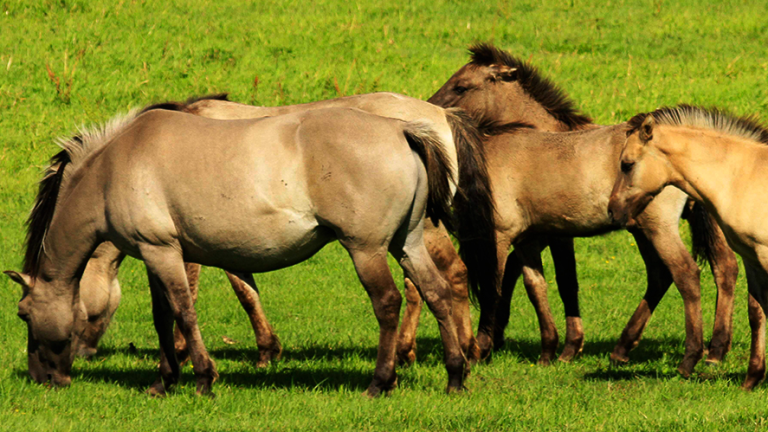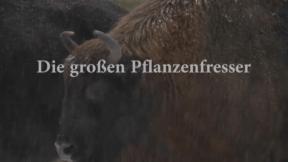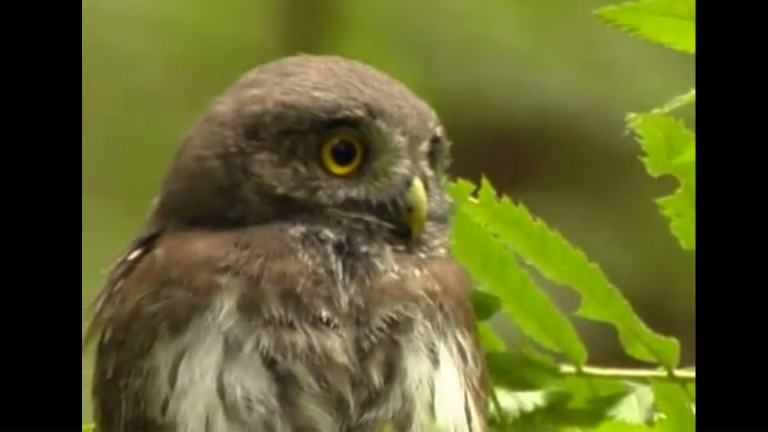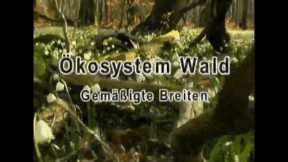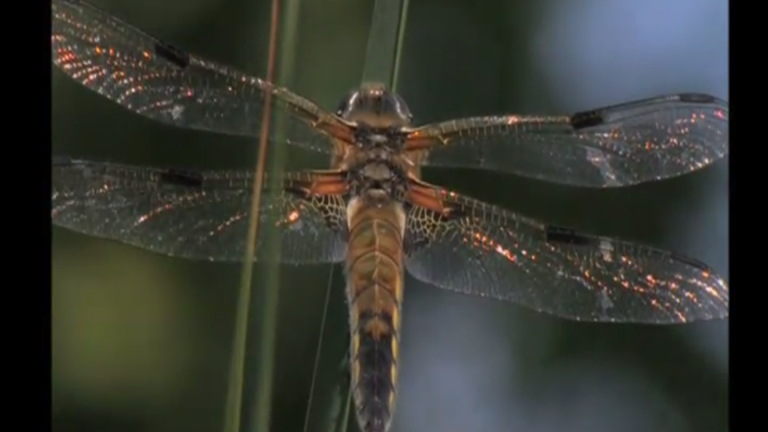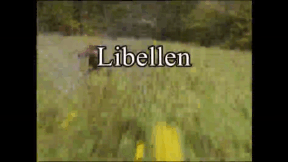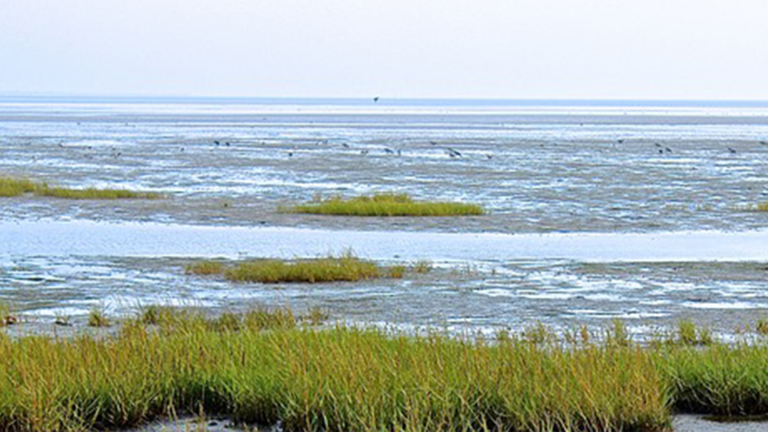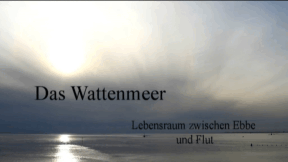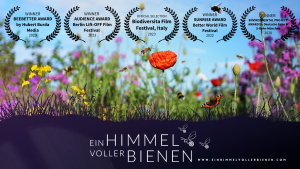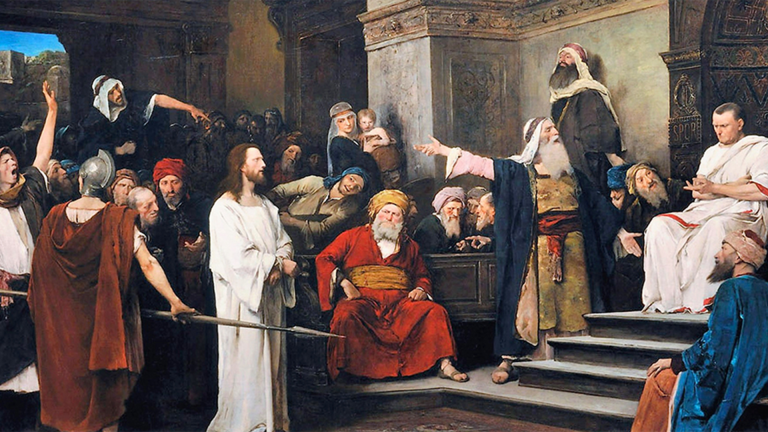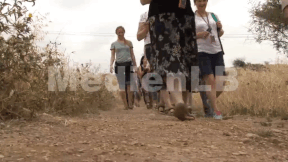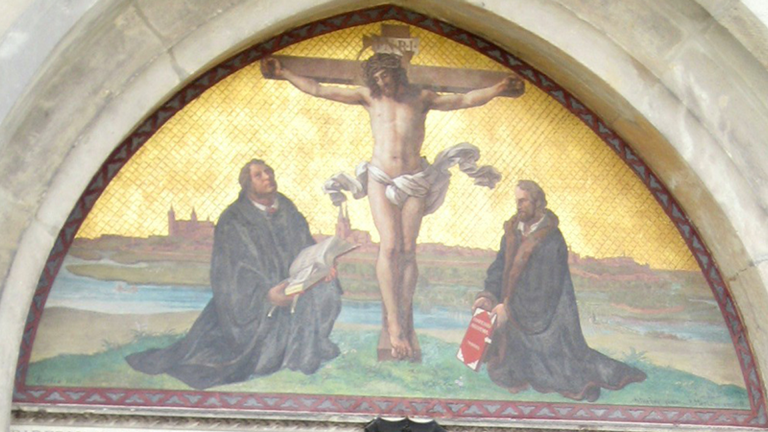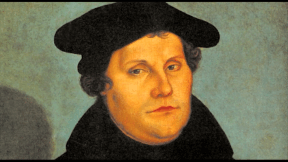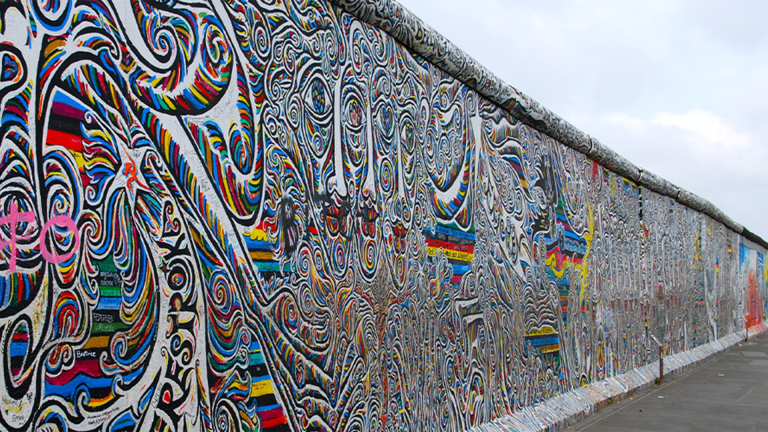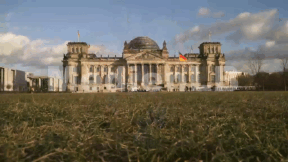Suche:
- # Artistry
- # Biology
- # Chemistry
- # Ecological
- # Economy
- # English
- # Foreign Language
- # Geography
- # German
- # Health
- # History
- # Informatik
- # Latin
- # Mathematics
- # Media Education
- # Music
- # Physics
- # Politics / Civics
- # Preschool
- # Primary School
- # Religion
- # Society
- # Sports
- # Technology
- # Training of Teachers
- # Vocational Education
Giraffes
The giraffe is a superlative mammal. It is considered the largest land mammal, has a neck up to two meters long and the pattern of its fur is as unique as the fingerprint of a human.
Learn moreSkin
It is essential for survival. It can cool the body, but must be protected from the cold as well as the sun. It changes with age. We are talking about the skin.
Learn moreDucks
Ducks are our best-known water birds. You can watch them on almost any large body of water. Although we come across them frequently, most of us know very little about the lives of ducks. But it is worth our while to look at them more closely.
Learn moreHeath
One of the last big heathland areas in Germany is located west of the Lower Saxon town of Lüneburg – the Lüneburg Heath Nature Reserve.
Learn moreLarge Herbivores
For a long time it was believed that, thousands of years ago, Central Europe was covered with almost uninterrupted primeval forests.
Learn moreEcosystem Forest
The forest – it is not only a collection of trees but a dynamic symbiosis of many different plants and animals. Their com- plex interdependence forms the basis of the ecosystem. DVD 1: Temperate Climes DVD 1 describes the structure and chain of aspects in the de- ciduous mixed forest typical of temperate climes. The various layers (herb layer, brush layer, canopy) are presented with their respective characteristics. The film describes the natural development of the ecosystem forest, compares natural forest and commercial forest and looks critically into human interference. DVD 2: Animals and Plants DVD 2 initially concentrates on the natural development of the forest (natural rejuvenation, succession, climax vege- tation). It then goes on to focus on the forest dwellers and their interrelations. The whole range of animals and plants is presented: from fungi and insects to birds and bats.
Learn moreDragonflies
The dragonfly – a fascinating hunter with incredible skills: with its iridescent wings, which make up two per cent of its body weight, it manoeuvres artistically in the air and serves as a model for ultra-lightweight design. A survival specialist that has been dwelling on earth for 320 million years.
Learn moreWadden Sea
Wadden Seas are parts of seas or landscapes on the coast respectively. Characteristic of these landscapes is that Wadden Seas are particularly exposed to the tides. There are many Wadden Seas in the temperate zones all over the world. The sea accessible by wading is usually flooded twice a day during high tide. The areas drying out at low tide are called mudflats. The habitat is susceptible to pollutions, in particular to those caused by man. We deal with the natural landscape between the Dutch Den Helder and the Ho Bay in Denmark that covers 10,000 square kilometres in total. The Wadden Sea along the North Sea: National Park, UNESCO World Heritage natural site and the largest contiguous area of mudflats in the world. The North Sea coast is wilderness on the one hand, work of man on the other hand.
Learn moreJesus Christ
Long hair, a beard and a slender figure. This is the picture of Jesus Christ that we have in mind. We do not know whether he actually looked like that. But there is hardly any doubt that he lived about 2,000 years ago. After all, there are various independent sources reporting his crucifixion. But what was so special about him? Why has a world religion emerged from his teaching, whereas many other preachers of his time have long been forgotten?
Learn more500 Years of Reformation
On 31st October 1517, Martin Luther published his 95 Theses against the sale of indulgences.
Learn moreDeutschland
Seit 70 Jahren hat die Bundesrepublik Deutschland stabile politische Verhältnisse. Welchen Weg die Bundesrepublik gegangen ist, wie die Wiedervereinigung gemeistert wurde, das zeigt der Film ebenso wie er auf die naturräumliche Gliederung eingeht.
Learn more



